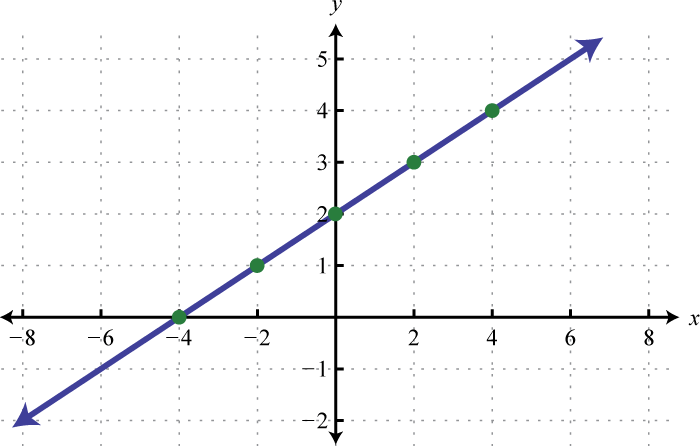
To understand a linear model, such as y = mx + b, you need to know that the dependent variable like y varies linearly with an independent variable like x. In real life, you can model almost anything linearly, such as modelling a person's math's score as a linear function of the number of hours studied, family socioeconomic status and number of accelerated classes.
In the earlier math example, the number of hours studied makes the biggest difference in math scores, followed by number of accelerated classes, followed by socioeconomic status ( yes ! ). This coefficient m in the equation above measures the magnitude of the variable.
Another concept in linear regression is the notion of significance or p-value. A low p-value of 5% or even 1% means that there is a large confidence that the coefficient is significantly higher than zero. A coefficient can be significant and yet be of a small magnitude.
At the qualitative level, understanding liner regression teaches us that there are two kinds of thinking that can be applied to investing.
Big Coefficient thinking is represented by the quantitative investing that I tend to do. You focus on the largest coefficients when making an investment decision. When I perform a backtest on REITs, I may discover that a low gearing results in a significantly better performance than a low price to book value. In such a case, I will select stocks with a low gearing because it gives me better bang for my buck.
The opposite of Big Coefficient thinking that quants should never ignore is New Reality thinking that a lot of investors may sub-consciously make in when deciding what to invest in.
We've had 10 years of falling interest rates and this has had a significant boost on REIT performance. REITS have done better than 18% for the past 10 years.
In almost every single back-test, buying the "less popular" REIT result in out performance due to higher yields. As of now, my students remain beneficiaries of these investment screens such the latest surge in Sasseur REITs. If they had bought the same stocks as I did based on our co-created portfolios with $10,000, more than half would have gotten back their course fees with plenty left to spare.
In light of the success of my student portfolios, I'd like to sound a note of caution.
If interest rates do go up on a sustained basis, a New Reality in REIT investing would take hold and quantitative models may not be of useful guidance moving forward. One possible scenario is a "flight to quality" where terrified REIT investors jump to Ascendas, Capitaland and Mapletree counters to ride out the storm. This is one possible scenario.
Is there a way to hedge against the prominence of this New Reality?
I put a small position in bonds and preference shares to lower the volatility of the final portfolio but more importantly, to ensure that New Reality Thinking is incorporated into my methodology, all stock positions are debated after making my students read the actual research done by stock analysts.
My students have been brutal in pruning some counters and could articulate their fears, the last batch even killed the top three yielding REITs from the backtested model.
Will such a hybrid model work ?
I guess only time will tell.
No comments:
Post a Comment